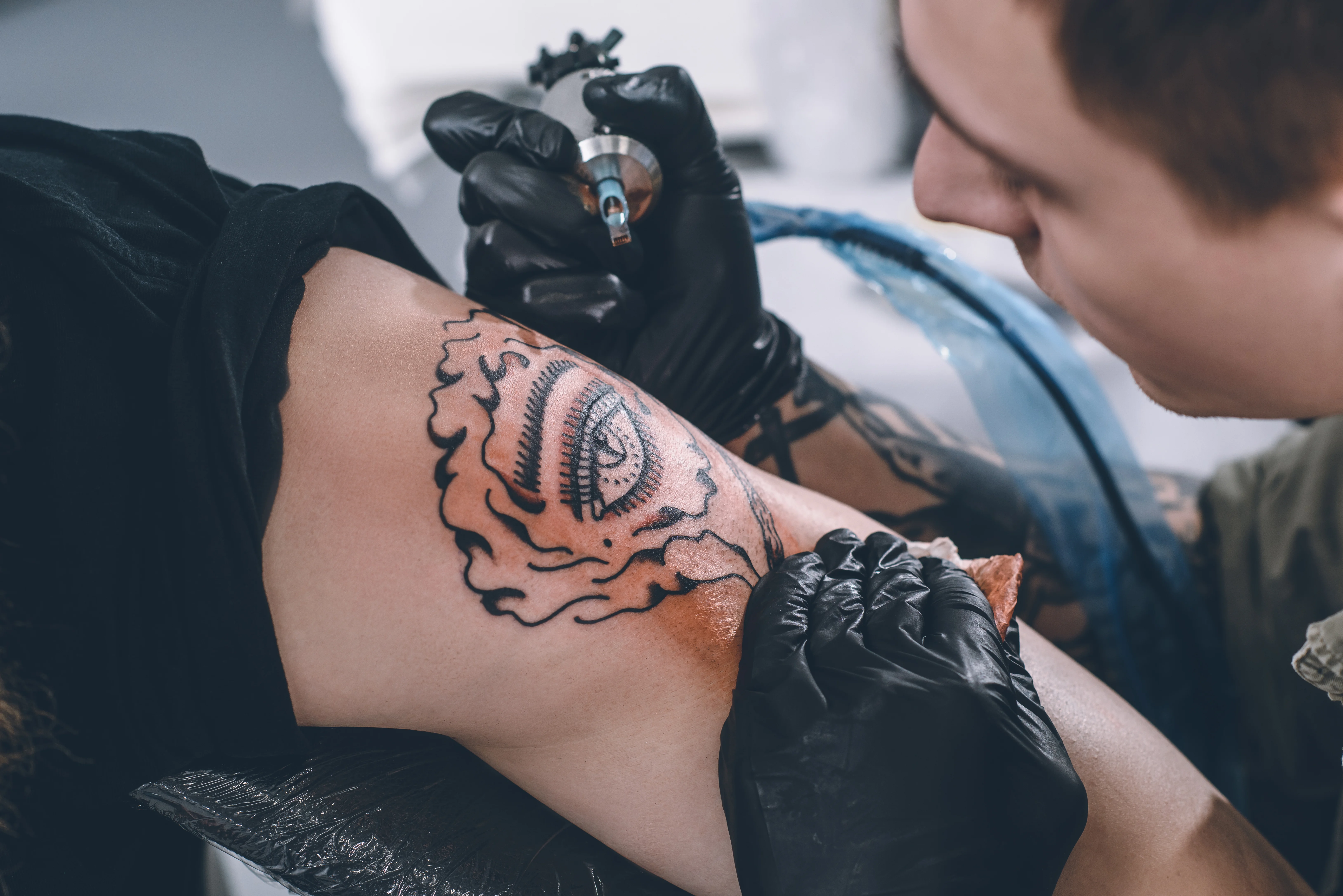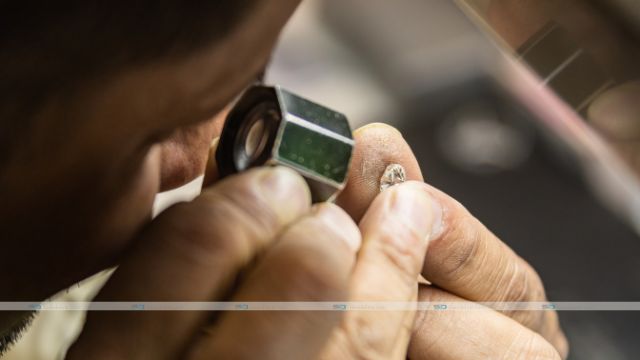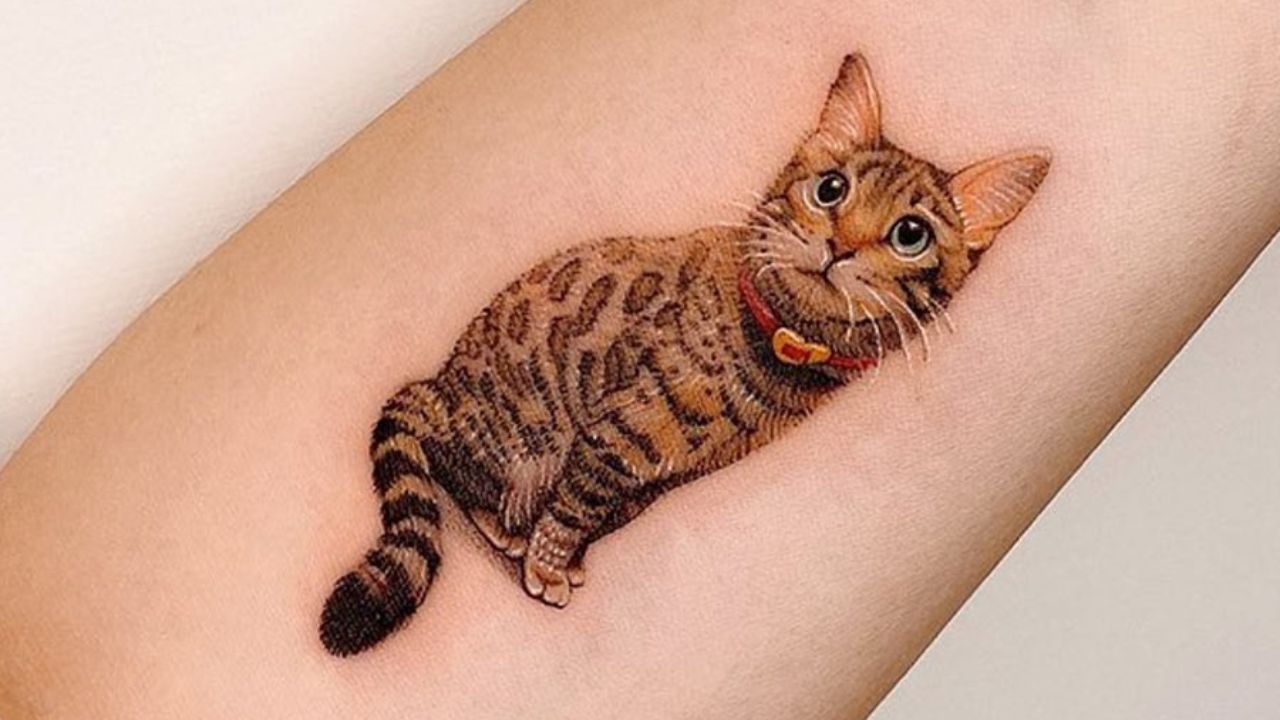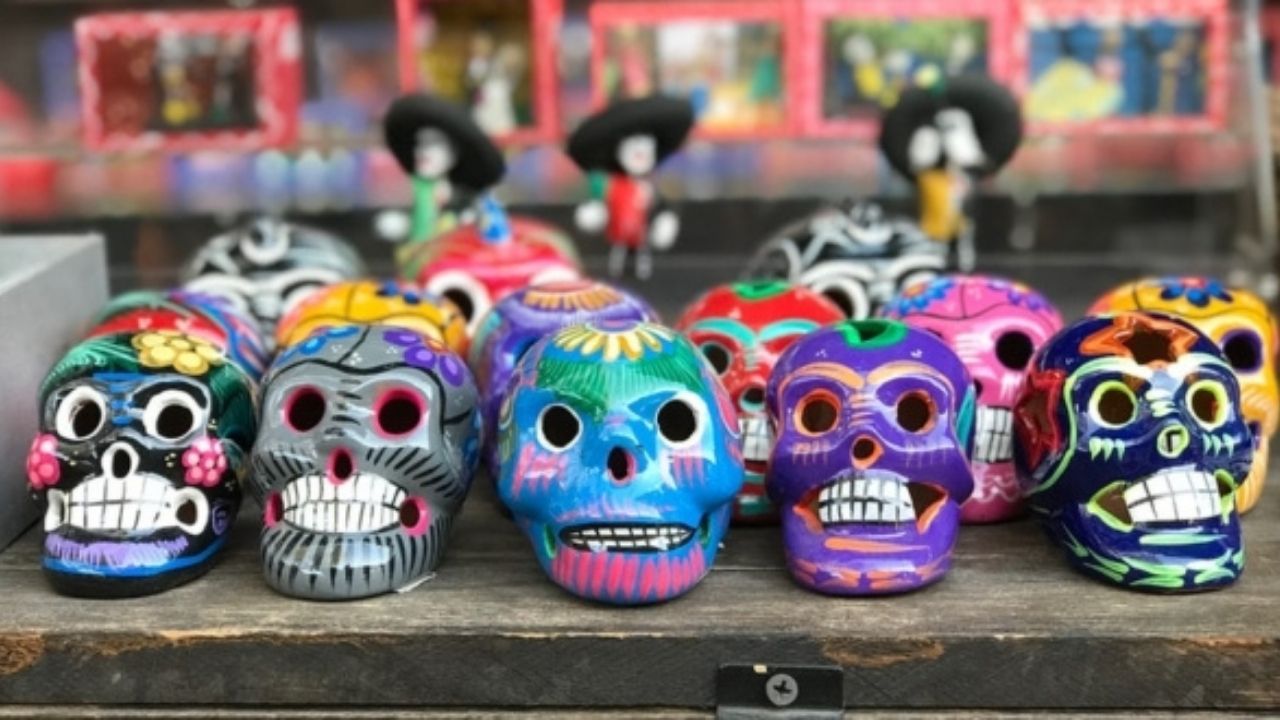If you love design and drawing and have a passion for tattoos, displaying a tattoo artist can be a rewarding career. Like various creative trades, pursuing a career in tattooing isn’t clear. The cost and time commitment to take a job as a tattoo artist is high, but the payoff has the potential to be so many more.
There’s more than one route to grow a tattoo artist – the one you prefer depends significantly on what type of artist you need to be, your finances, talent, and the possibilities available in your area. However, there are some simple steps all aspiring artists must understand to improve their skill level, gain knowledge of the business, and master the skill of tattooing. Here’s how to get commenced.
1. Learn How to Draw
The key to building a great tattoo starts with a visually appealing drawing, so you must concentrate on improving your design skills and representation techniques before you even consider designing tattoos or attempting to exercise tattooing.
- Practice Design On Your Own: The primary thing you can do to get incited is to begin painting on your own. Keep a sketchbook and a pencil ingenious to draw in your free time. You must be comfortable creating art that meets the specifications of others.
- Study the Work of Famous Tattoo Artists: A great way to find famous artists with different art styles and explore what they’ve been able to create with ink and a tattoo gun. Renowned tattoo artists include Mirko Sata, Chris Nunez, Miya Bailey, Rit Kit, Gerhard Wiesbeck, Frank Crrilho, and Stanislaw Wilczynski.
- Explore Different Art Forms: Try out plenty of different forms before making a decision. Create fine art, contemporary art, conceptual art, and even stuff like t-shirt designs and logos.
2. Get an Art Education
The more time you employ developing your skills, the more skilled artist you will be. Tattoo artists aren’t expected to have formal training or even a high school diploma, so this action is a big decision. Consider the pros and cons of each.
- Take Art Lessons at Your Local Community College: You can learn many basic design thoughts and sharpen your abilities by practicing creating art for a wide variety of applications.
- Earn a Degree in Art: Consider going to an academy that has a great arts program. Find a program especially for tattoo artists looking for a school degree in design, illustration, graphic design, digital arts, performing arts, or commercial art. A degree program develops a strong background in the arts, including art history and studies,
3. Establish Basic Design Skills and Knowledge
You must have a robust knowledge of how different design elements work together and how they impact each other. Obtain training or go the self-taught route.
- Learn the Basic Elements of Graphic Design: Develop your drawing skills through practice; it’s essential to master the basics of graphic design. Learn the theories of line, configuration, texture,
color, value, and size. Learn how to apply those principles on paper to create what you want, how to stencil to execute your designs on human skin. - Learn the Principles of Graphic Design: Master graphic design, like balance, alignment, repetition, proximity, contrast, and space. Build the foundation of creativity itself, and no drawing is perfect without them. Develop a solid ability to manipulate principles in many ways.
4. Create a Portfolio
An art portfolio is near one of the essential tools in a tattoo artist’s belt. It allows prospective mentors to look at your best work quickly, so they can decide if your unique art style is what they’re watching for in an apprentice. How you put your folder together impacts the impression it has on your potential mentors, so make sure you:
- Create a Professional Portfolio: Your portfolio should be both attention-grabbing and professional-looking. Use a new three-ring binder with foil protectors, or have the pages matted. The portfolio should be sleek, dress, and inviting.
- Incorporate the Right Work: Put 25 to 100 concluded drawings and tattoo designs in your portfolio that must show an excellent job and your versatility as an artist. Include black and grey, even if the most vital work is typically composed of colorful illustrations.
- Avoid Common Mistakes When Creating Your Portfolio: You are copying the work of other artists. It is plagiarism and could rise in legal action depending on the legislation in your area. At best, the tattoo shop will understand that you’ve proffered plagiarized art and won’t accept your application and your reputation ruined before you even get started.
- Create an Engaging Portfolio: Writing a cover letter including your resume. Your resume highlights related appropriate education and experience, and a cover letter addresses your potential mentor by name. Include only completed work. If you have many sketches but few finished pieces of art, wait to create your portfolio until you have more to put in it. Use finished work only for your portfolio. Memorize a few talking details about each piece. You’re prepared no matter which part your prospective mentor wants to discuss. Leave your business card. Leave a business card with your title, name, contact information, and a link to an online portfolio where your artwork can be viewed at their convenience.
5. Work with an Established Tattoo Artist
It’s time to achieve hands-on experience and start implementing the techniques you’ve discovered in a real-world environment. Tattooing isn’t something you can study from a book. It’s essential to work with a mentor who has been tattooing ideally for several years and is willing and able to take you under their wing.
How to Approach a Workshop About an Apprenticeship: Do your homework. Read as much as you can about the shop you need to apprentice at. Familiarize with each artist’s bio and portfolio and critical details about the business. Make face-to-face contact. Don’t just request the tattoo shop and talk to someone on the phone. Treat everyone with respect. The person you see operating the front desk may be an artist incorporating for the receptionist.
The Cost of a Tattoo Apprenticeship: few tattoo apprenticeships pay; instead, the reverse usually is true. There are some free internships, but most have a cost. Free internships at reputable tattoo shops are the most competitive and challenging to get, and most prices around $5,000.
Understanding Tattoo Apprentice Contracts: The contract outlines how great your apprenticeship will last (usually a year), how much you will pay, what your daily and weekly responsibilities are, what you should
expect to learn from your mentor, and if you’ll be expected to work at the shop for any period of time after your apprenticeship is complete.
Complete an Apprenticeship and Acquire the Trade: Before you can start tattooing professionally, you’ll need to complete an apprenticeship to learn the trade. It can be done with your mentor, or you can look for a tattoo shop advertising an opening for an apprentice.
- A Large Upfront Investment: Beyond the cost of an apprenticeship, you’ll also need several basic supplies to work with, including tattoo guns, sterile tools, art supplies, and more. Be prepared for a meaningful upfront investment to become a tattoo designer.
- To Learn How to Design Tattoos: While tattoos are skill, not all art can be a tattoo. You’ll need to determine how to design tattoos, so they look nice on the body and continue for as long as possible without the necessity for a touch-up. Anywhere on the body the tattoo is located, how large the tattoo is, and how detailed it is all impact what it will look like over time
6.To Learn How to Manage a Tattoo Machine and How to Work with Ink
As your apprentice, you’ll learn how tattooing differs from other mediums, how to operate a tattoo machine, and how to work with ink to create art that looks good on the skin.
- To Learn Hygienic Work Practices: You’ll learn how to build a sterile work field, how to keep your tattoo machine complete, when to replace gloves, and more. Reputable artists take hygiene very severely; ask to review an artist’s hygiene practices before accepting to apprentice under them.
- To Learn Professional Trade Skills and Customer Service: Most design artists must learn at least some professional skills like supporting a ledger, process payments, and interacting with clients. Apprenticeships that suggest training on more than just tattooing and teach the essential skills needed to operate and manage a tattoo shop are ideal.
- To Work for Free for at Most ideal a Year: It’s common for an apprenticeship plan to be unpaid, and you should expect to do a lot of free tattoos. You can organize for a year, but in some circumstances, your apprenticeship may be longer.
7. Obtain Additional Pre-License Certification and Training
Depending on your state, you may also want to take classes in disease control, health and safety, and other essential health care concepts.
- A Blood Borne Pathogen Certification: Preventing blood-borne pathogens from being spread and working to protect the health of the client and the artist will be a focal detail of your training. You will be asked at some point during or after your apprenticeship plans to become certified in preventing the scope of HIV, Hepatitis C, and other infections while creating a tattoo.
- Training on Communicable Diseases, Skin Diseases, and Disease Prevention: You should have a strong knowledge of the types of diseases covered through tattooing and preventing them as a tattoo artist.
8. Get Licensed
You’ve made it! You’re trained, skilled, and experienced, and you’re available to start tattooing on your own.
Check Your State Requirements: Licensing requirements often range by state. Review your state’s necessities for licensure, as well as the requirements for any other form you plan to tattoo in. Like
healthcare, you can be authorized to tattoo in more than one state as high as you meet that state’s specifications.
Apply for Licensure: After you’ve met any requirements, you’ll need to apply for your license. You are simply filling out a form with your local business and paying a fee. However, this too varies from state to state.
9. Buy Your Tattoo Equipment
Each tattoo artist manages to have equipment preferences. Tattoo shops expect an artist to provide their supplies, so you’ll want to invest a few basics in starting with growing your acquisition as you gain more experience.
You’ll require at least two tattoo guns that you prefer using, an ultrasonic, tubes and grips, sterile needles for lines and shading, green cleaning soap, spray bottles, small plastic cups for ink, gloves, and other supplies needed to keep your area clean.
10. Start Your Career
The very last track to becoming a tattoo artist can often seem like the most daunting. It’s an opportunity to put yourself out there as a tattoo artist, finally.
- Apply at a Tattoo Shop: Once you’re authorized, you’re ready to implement any job you want as a tattoo artist. Drop off your resume and portfolio for attention; often, tattoo shops will select new artists when they like someone’s work, even if they don’t have a formal employment ad posted.
- Open Your Studio: Begin gazing into what you require to open your shops, like rental space, furniture, and extra equipment. Assess your competition and your target market and, if required, relocate to an area where you’re likely to get more business.




